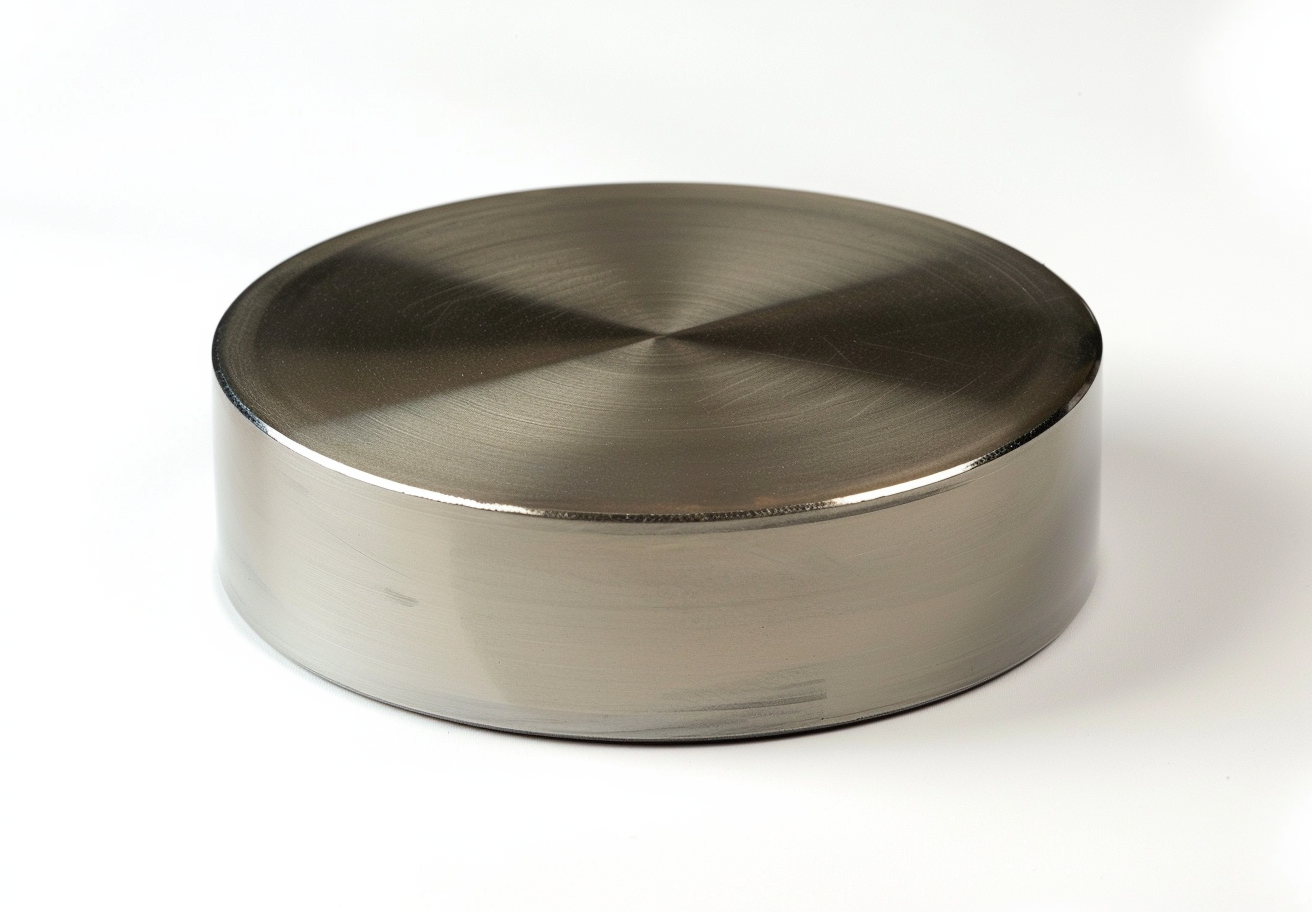Sweet Nylon Clothes In The Offing
Sugar is expected to serve as the raw material for the nylon fabric that users wear. Researchers at the Institute for Bioengineering and Nanotechnology (IBN) have identified a process to convert sugar into adipic acid, a key constituent for nylon production.
The current process relies on oxidising petrochemical chemicals with nitric acid. It produces substantial quantities for commercial use and emits significant amounts of nitrogen oxides, thereby contributing to global warming.
Professor Jackie Y. Ying, managing director of the IBN, cited environmental concerns. He noted that fossil fuel use and resource depletion drove the research. His team developed a sustainable method to convert sugar to adipic acid using its "patented catalytic technology".
Green adipic acid is derived from mucic acid. Mucic acid is produced by oxidising sugar and occurs in fruit peels. The current method consists of several stages that yield low product efficiency. It employs hydrogen gas under high pressure and strong acids, thereby increasing operational risks and costs.
The chemical process developed by the IBN involves the dehydration of mucic acid. This procedure removes oxygen and water through a reduction process. The scientists observed that combining dehydration with an alcoholic solvent via a transfer hydrogenation reaction yields adipic acid with a 99 per cent purity.
The process is suitable for industrial applications. It requires only one or two steps, does not impose extreme conditions, and produces a pure product. Consequently, greenhouse gas emissions are reduced.
Dr Yugen Zhang, the IBN group leader for green chemistry and energy, acknowledged the team’s efforts. He noted that their work offers potential for the development of bio-based adipic acid.
He commented on the new protocol’s capability to convert sugar into adipic acid efficiently. This achievement advances the progress of industrialisation. He indicated that raw biomass will be used as the feedstock to complete the green technology.
Cleaner and more cost-effective processes are necessary because industrialisation continues its global expansion. Each company should endeavour to reduce greenhouse gas emissions.

 Bars
Bars
 Beads & Spheres
Beads & Spheres
 Bolts & Nuts
Bolts & Nuts
 Crucibles
Crucibles
 Discs
Discs
 Fibers & Fabrics
Fibers & Fabrics
 Films
Films
 Flake
Flake
 Foams
Foams
 Foil
Foil
 Granules
Granules
 Honeycombs
Honeycombs
 Ink
Ink
 Laminate
Laminate
 Lumps
Lumps
 Meshes
Meshes
 Metallised Film
Metallised Film
 Plate
Plate
 Powders
Powders
 Rod
Rod
 Sheets
Sheets
 Single Crystals
Single Crystals
 Sputtering Target
Sputtering Target
 Tubes
Tubes
 Washer
Washer
 Wires
Wires
 Converters & Calculators
Converters & Calculators
 Write for Us
Write for Us

 Chin Trento
Chin Trento



